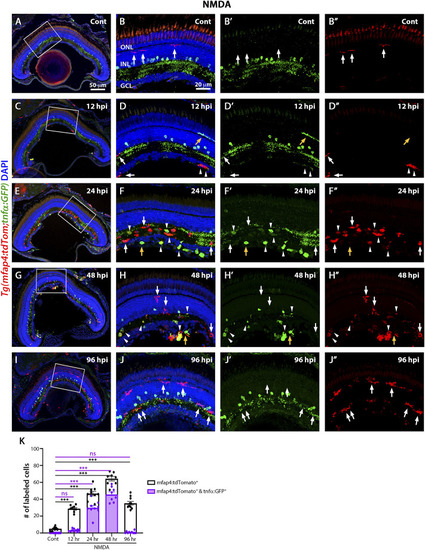FIGURE 5
- ID
- ZDB-FIG-220921-48
- Publication
- Iribarne et al., 2022 - Different inflammation responses modulate Müller glia proliferation in the acute or chronically damaged zebrafish retina
- Other Figures
- All Figure Page
- Back to All Figure Page
|
M1-like pro-inflammatory microglia are transiently identified in the NMDA-damaged acute injury model. Double-transgenic fish |
| Fish: | |
|---|---|
| Condition: | |
| Observed In: | |
| Stage: | Days 21-29 |

